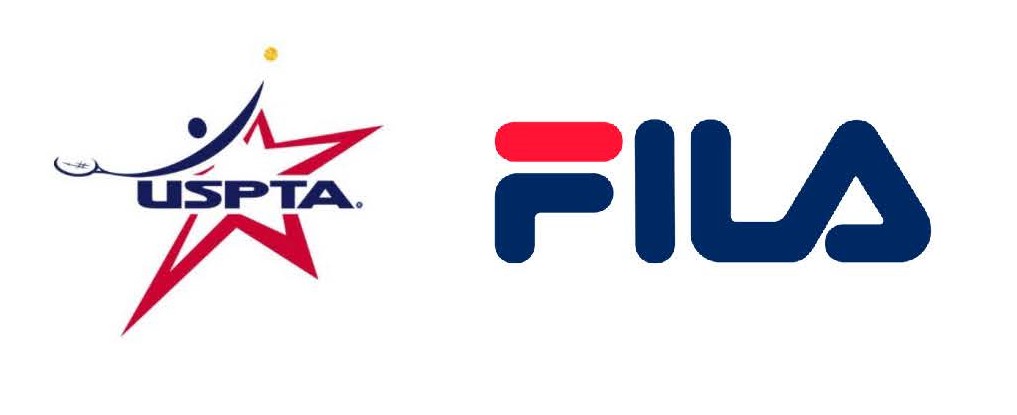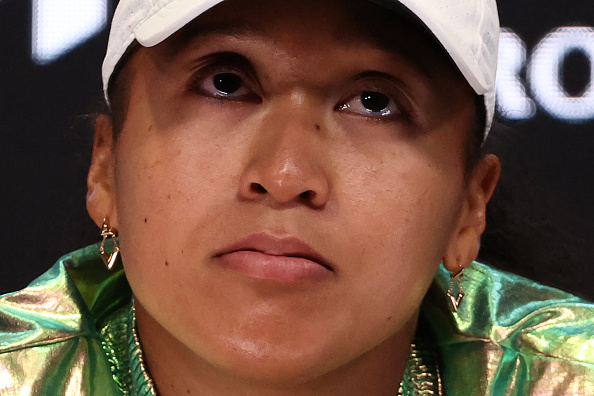Bill Simons
Naomi Osaka isn’t American. But the woman with the Haitian father and the Japanese mother who worked two jobs somehow seems as American as any other WTA player. After all, who has had a more poignant American dream story?
Her family moved from distant Osaka, Japan, to gritty Queens, New York, before they took off to Florida to forge Naomi’s skill sets, that got her on the circuit at age 15.
Naomi had a killer forehand and a serve that punished. But no other player seemed so sweet. Her carefree Holly-go-lightly spontaneity was inspiring. She thought out loud – her enchanting press conferences delighted.
As she emerged, her coach’s claim, “We can all learn from her innocence,” rang true. Her daffy 2018 Indian Wells victory speech was enthralling.
When she won the 2018 US Open after the WTA’s greatest player, Ms. Serena, melted down, a teary Naomi seemed to be a victim. Her glory was robbed. There had never been such a gracious victor who’d had to endure such a torrent. She was the eye of an emotional hurricane that shook Arthur Ashe Stadium and all of tennis.
And these were just Osaka’s earlier chapters. In New York in 2020 she wore masks with the names of victims of police violence and was the target of fan abuse: “Naomi, you suck!” When she initiated a one-day boycott of tennis to focus on racial justice, her moral force was clear. She single-handedly got the whole sport to shut down – amazing.
While Naomi struggled to win on natural surfaces – Roland Garros’s clay and Wimbledon’s grass – she scored four Slam wins on the hardcourts of New York and Melbourne.
When she felt stressed out by frequent media questions, she boycotted press conferences and kickstarted a whole new level of awareness. Mental health safeguards were initiated.
All the while, she was not only a superhero in Japan and Haiti, she became a $50-million-a-year endorsement dynamo who was on scores of magazine covers and was the driving force behind a business, entertainment, fashion and skin care juggernaut.
Here, claimed some, was a kind of new Serena. Like Williams, her dad had coached her, she had a supportive mother, an older sister and a fabulous serve. Although she had 19 fewer Slams, she had a greater fortune and virtually none of the hardscrabble, in-your-face edge that made Serena oh-so-Serena.
Then the richest female athlete in the world, Naomi would light Tokyo’s Olympic torch and spark aspirations.
She stated, “Where I am right now is because of a lot of other women who came before me, who fought the fight so I don’t have to. I feel I will have to fight a lot of fights for the kids and women who come after me.”
Naomi would then move from Florida to LA with all its red carpets, courtside celebs, wall-to-wall glamor and Louis Vuitton polka dot purses. But Osaka was battling debilitating bouts of depression, loneliness and anxiety. A confused soul, she recalled, “I didn’t want to be alive.”
Athletes are supposed to just gut it out. But Osaka brought a spotlight to mental wellness that focused much-needed attention on the troubling topic. She says that many athletes thank her for broaching the critical issue. She’s said to have saved many lives.
As Osaka retreated from the tour to forge a new chapter with her rapper boyfriend, she became an expectant mother and eventually survived a daunting, dangerous pregnancy, in which she almost lost her baby. Naomi told InStyle magazine, “[I felt], ‘This is the worst pain of my life and I know that if I get through this, then everything else will feel very easy.’”
Her daughter is named Shai, which means “light” in Hebrew. Now she was seeing the world in a whole new light. Osaka said, “It was life-changing in a day. From the moment that you come back home from the hospital, everything’s different.”
Her daughter brought her a new calm. Soon she would be meditating in the sun, hiking, writing in her journal and doing fashion sketches. Naomi chose to again embrace the goodness of her sport. She missed the circuit and realized that tennis is what she does, and athletes have a short shelf life. She told writer Erika Hayaski, “You kind of have to cherish the years that you can play. I do want to be a good role model for Shai, and I want her to see that this was an important chapter in my life.”
Naomi reconnected with her old coach Wim Fissette, and worked with a ballet dancer and an unsparing trainer. She reduced her weight, rebuilt her body and worked to gain match readiness. But now that she was playing for more than just herself, things were different. The girl who once shared with no filters and then fiercely closed down was again opening up.
She told D’Arcy Maine that what was important was “going into her [daughter’s] room in the morning and saying ‘Good morning’ and her recognizing who I am and her putting her arms out – it’s super cute.”
Naomi now seems elated by her new world. “Things that caused me stress before – I don’t care about them anymore. My world doesn’t have to revolve around me…I feel I have a sense of responsibility for my daughter…Tennis is something I live for but also it’s not the reason why I’m alive. I’m just playing matches and coming back home. It changed my view on a lot of things…I have more appreciation for the sport…I just have to make the most of the time I have right now.”
Naomi left Shai behind in California to go to Brisbane, where she won her first match before falling to the former No. 1, Karolina Pliskova. She hoped to get back to California in time to see her daughter crawl.
But a revelation would rock her world. Early in January her sister Mari accused her dad, Leonard Francois, of abuse of her and her mother, Tamaki Osaka.
Mari’s now deleted instagram read, “I want you to know how disappointed and disgusted I am in you, as a father and human being…You have failed in every way imaginable. You have abused me since I was young and continue to harass my mother. You continue to emotionally abuse her and trespass into our home…I’m making this public knowledge because you are a coward who hides behind his physical ability to beat me down and our refusal to call [the] cops…The next time I see your face I am calling the police. Consider this a threat.” Mari added that her dad “threatened to beat me up again…[but] I will fight back…I’ve already known since birth I’m the daughter of the devil.”
Despite this shocking turn, Naomi’s return to play became the women’s story of the Australian Open. The lights were bright, but her draw was tough. She faced the wily No. 16 seed, the French veteran Caroline Garcia, who was a US Open semifinalist and has a devastating serve and great grit.
Osaka battled in their late-night match. Her forehand was mighty. But she made only 51% of her first serves. The rusty warrior never gained a break point and went down, 6-4, 7-6 (2).
Garcia, who had far more winners than Naomi, heaped praise on her foe: “She’s had an amazing career. She was away for 15 months. She’s been through a lot. She’s a great girl and she’s done so much…She’s playing amazing already. We have to watch out.”
Osaka said she was “constantly on my back foot and really hesitant…The competitive [nature] in me is really frustrated…This comeback is not how I thought, because I’m delusional enough to think I could have won the tournament…Right now it kind of sucks a little.”
Osaka is planning to play a full schedule including Dubai, Indian Wells and Miami. And, as usual the whole world will be following the WTA’s most impactful player. With hints of her old whimsical self, Osaka said, “I just have to keep living day by day and training hard and playing a lot more and hopefully my dreams will come true.”
Few would doubt they will. She’s just 26.




















